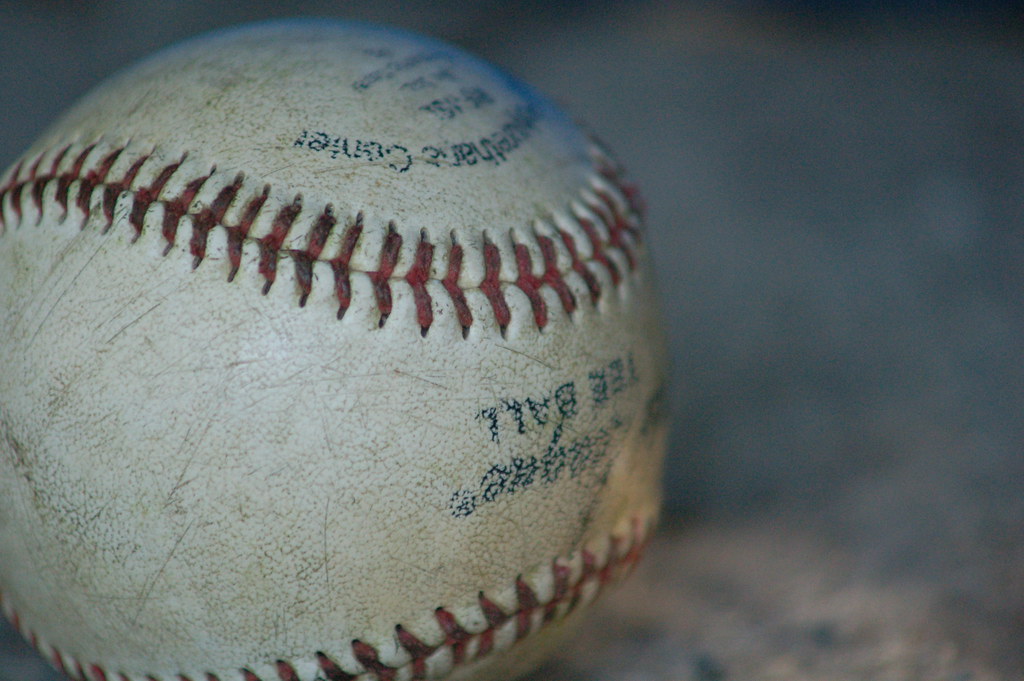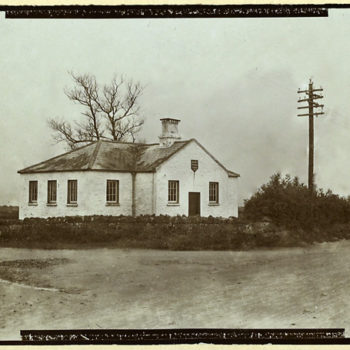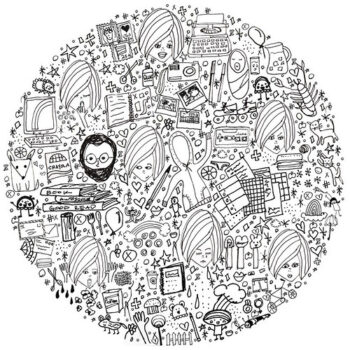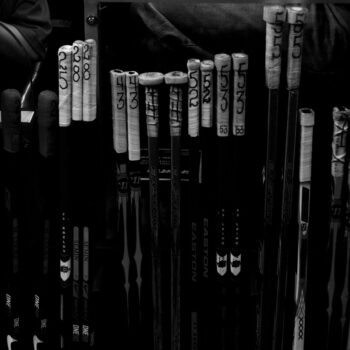Graffiti is not just art but rather explores cultural value as one of the many pure forms of self-expression
Graffiti has grown to become a broadly labeled public form of expression through things such as pop culture, media, and the art world as a whole. But I feel as if graffiti has evolved and the art world has actually begun to accept some aspects of graffiti as fine art. But there is a line between graffiti-related art that is shown in museums and galleries and illegal destructive graffiti. Inside opinions and vantage points included will make a good contribution toward understanding the difference between graffiti made with destructive intentions and graffiti made as an art form.
Graffiti in America has been around since the 1960s and made its way from Philadelphia to New York towards the 1970s. The practice of graffiti grew and evolved rapidly over the next years and slowly began to spread throughout North America and into Europe. In many places, walls and other surfaces afford a visible canvas. There are influences on graffiti that are less known that contributed to spreading it throughout North America and the rest of the globe. Many graffiti artists have said their influence has come from the subversive music culture from the 1980s. Skateboarding also gained popularity during the 1980s and skaters went out to find places to skate such as abandoned pools, parking lots, and many other forms of public things while graffiti was making its way out of the city, the two crossed paths and merged.
There has been documentation in the form of books although scarce, that played a role in spreading graffiti. Henry Chalfant and Martha Cooper are held to be experts on the subject even though they have always been observers looking through a window. The MTA had actually eradicated New York subway graffiti during the 1980s and due to this graffiti artists or “writers” had to find new ways to adapt and so the idea was to graduate from subways to freight train cars. There’s an ingrained sense of anti-authority that comes with graffiti. Names or tags are quick and easy ways for someone to let the public know they don’t agree with the system of authority. Their tag is inherently defiant.
As graffiti spreads, the destructive roots are still there with every swift flow of paint to the subject. Hardcore graffiti strives to remain destructive and cause as much damage as possible. The amount of contemporary art that is influenced by graffiti is a reflection of graffiti’s success, whether we want to believe it or not the pesky unreadable words spray painted on the side of buildings have a lot of influence on new art. It’s the continuous lash back of graffiti that makes it important. Graffiti’s cultural value to stay unlike other art forms is unique. All forms of art are influenced by an emotion so why is graffiti any different? Just because it’s on the side of a dilapidated building that no one cares about suddenly makes it trashy and now people care and should ‘get that scum off that pretty building’? Art has been used to comment on societal things, emotions, the world, etc. Graffiti is unique in that same way, commenting and critiquing corrupt corporations, political policies, and more. It’s a form of expression that hasn’t had a comparable role in society.
The fact that graffiti has continued to thrive throughout the years and change to fit each new generation of writers shows that there’s no stopping it, no matter how hard some people try. You can cover up someone’s tag on fences by painting it but what’s to stop them from coming back? Anything and everything is a graffiti writer’s canvas.
“Graffiti, Market St” by Salim Virji is licensed under CC BY-SA 2.0.











